Japan heats up recruitment with employment-linked internships

Intense competition in Japan is driving organisations to innovate, with internships emerging as the new battleground for attracting young talent.
Is HR really ready for generative AI? Probably not

While HR leaders are already embracing AI, too often, they are doing so without developing AI guiding principles.
Leadership strategies in 2024 for CHROs and their organisations
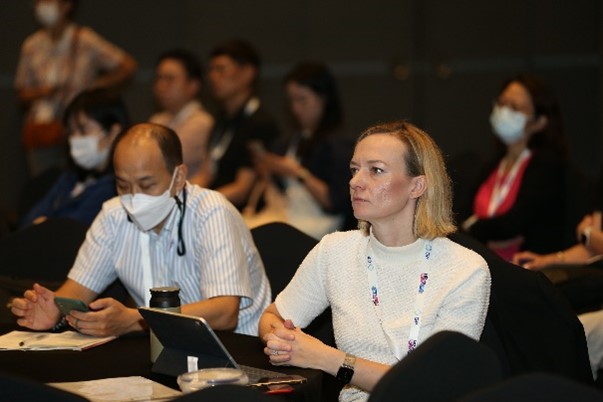
The CHRO Symposium at HR Tech Festival Asia 2024 will be the place to be for CHROs looking to explore trends in HR.
Singapore job market sees surge in new positions

Business expansions are driving a surge in newly created roles, driving upskilling and reskilling needs, says the Ministry of Manpower.
Five things to prioritise when it comes to the application process

A recruiter shares his opinion of what applicants should be doing to make themselves stand out from others.
The Philippines advances bill for senior employment
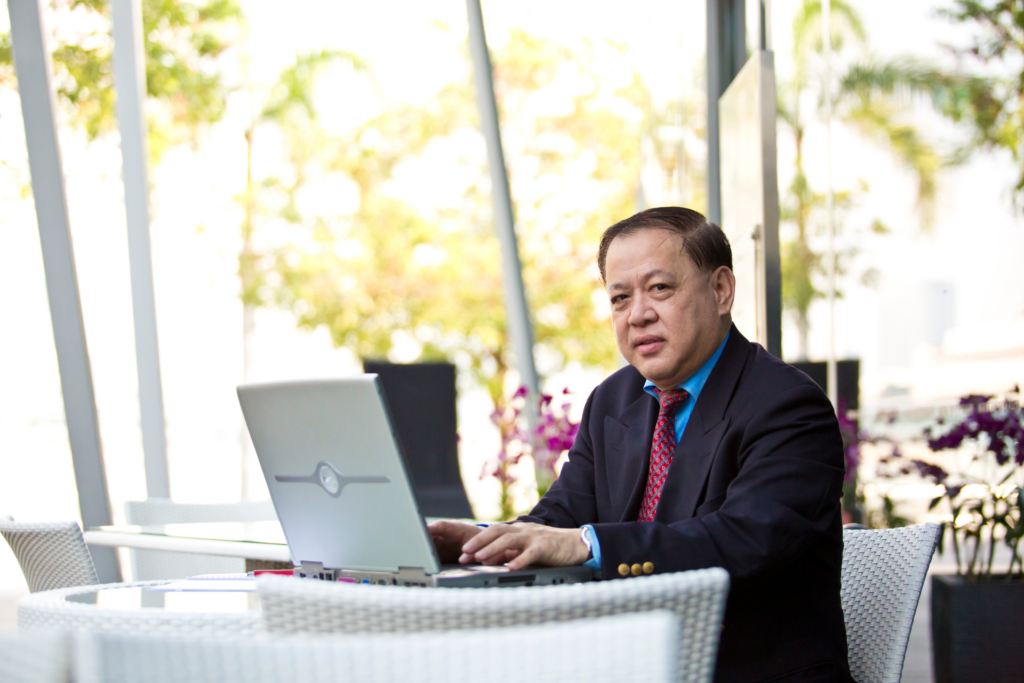
A legislation has been proposed to facilitate employment for seniors, with DOLE tasked to match them with suitable jobs.
Business agility: The golden key to a future-proof workforce

Business agility can unlock the potential for a workforce capable of addressing any challenge, suggests Kris Wadia.
Employers in Singapore plan wage increases and hiring surge
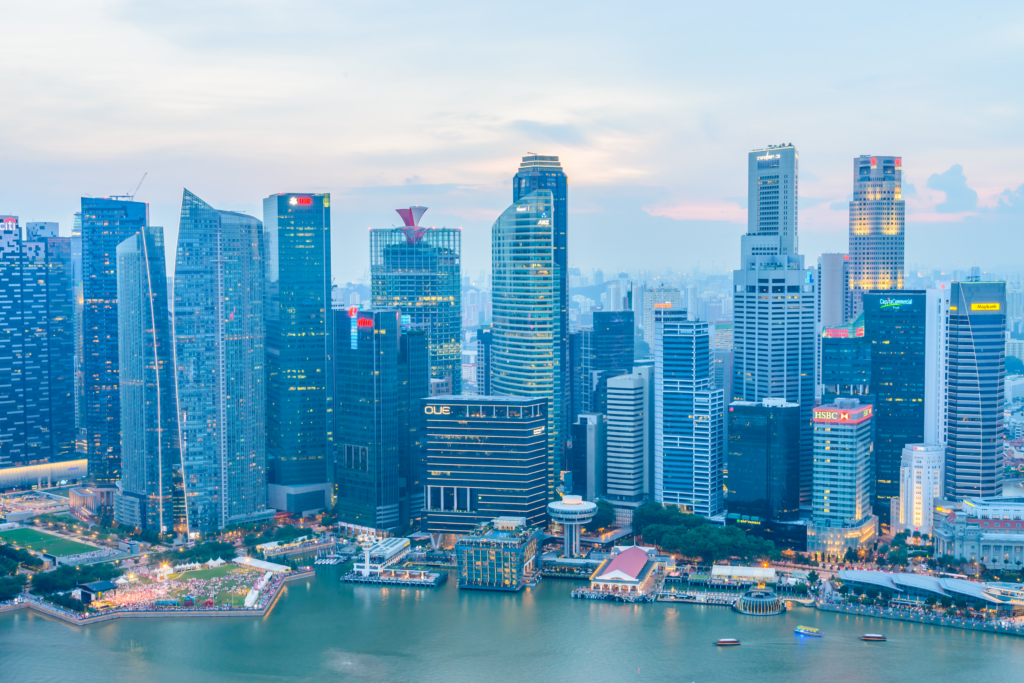
In Q1’2024, 32.6% of organisations in Singapore plan wage increases, while almost half intend to increase headcount.
Five ways organisations can use AI to supercharge interview scheduling

Conversational AI can help leading organisations turn their interview scheduling into a competitive advantage, says Paradox.
Struggling with retention? Improve how recruiters, hiring managers work

Recruiters should play the leadership role in building or reestablishing an effective talent acquisition partnership with hiring managers.
Nearly 70% of disabled employees in Malaysia regain employment

Disabled people who lost their jobs between 2020 to 2022 due to the pandemic have now found jobs thanks to recent government initiatives.
AI platform aims to transform APAC’s employment landscape
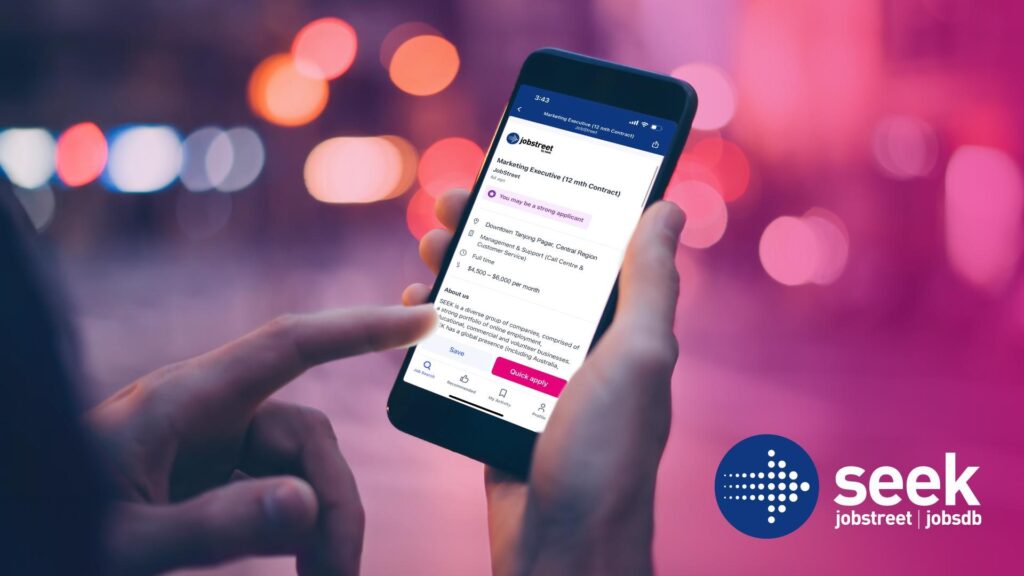
Connecting over 40 million people, SEEK’s new combined platform is designed to allow employers and employees to find talent and jobs more easily.
Women in India exit over work-life balance concerns

In comparison to their male counterparts, more women are leaving their current jobs as they prioritise work-life balance.
Fresh graduates in Singapore get paid more but fewer find jobs

A recent graduate employment survey has revealed a surge in fresh graduate salaries but a drop in securing full-time roles.
Unlocking high performance with a compelling employer brand

As work evolves, organisations can anchor strategies in the bedrock of employee branding: Clarity, integrity, and tangible business value.
The key thing recruiters want to know about during interviews

Job recruiters want applicants to be specific about the work and experience they have to determine how they can be used in new job positions.
Why HR’s ally in the war for talent can be its CMO

The creative mindset and communication skills marketing professionals bring to their craft can also help HR attract talent in a tight market.
Six key workforce trends to watch out for in 2024

In the face of technological advancement, upskilling and development will be critical to ensure an equitable future of work.
CHRO Philippines: Transforming employees, shaping organisations

Embark on HRM Asia’s first CHRO event of the year in the Philippines to compare notes, realign strategies and elevate the workforce for the future.
How HR can turn the tide on employee turnover this year

With more employees working to live and not living to work, HR leaders must closely monitor data about the market and their respective workforce.
CHRO Philippines: Transcending workforce strategies
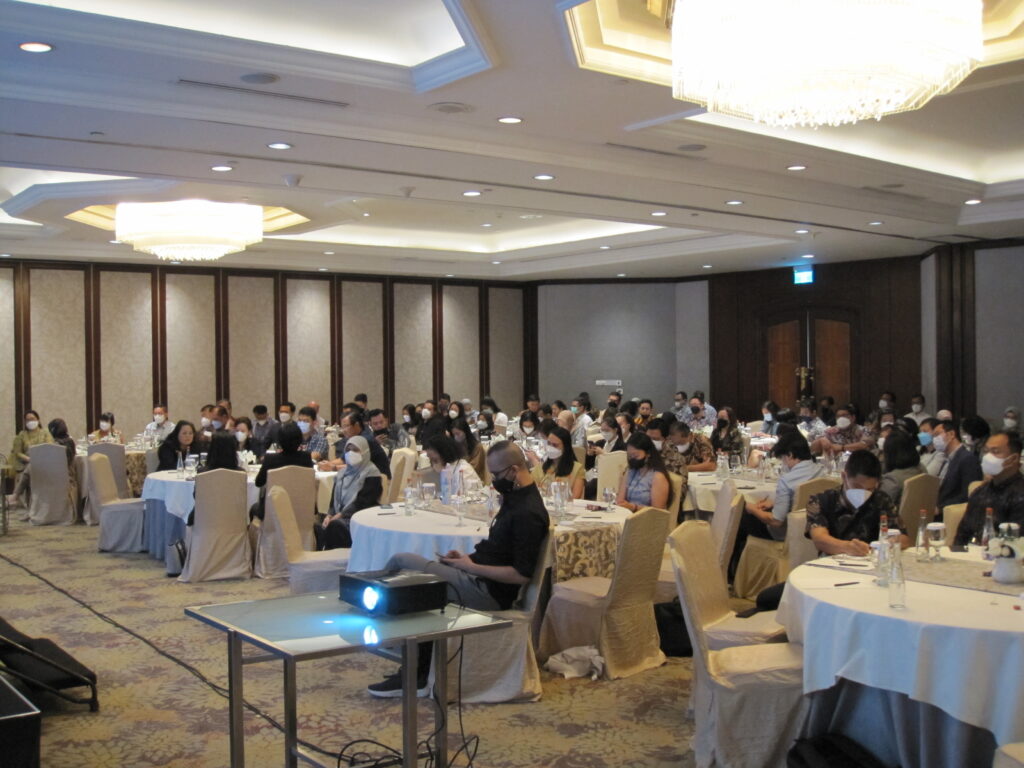
CHRO Philippines 2024 will let HR leaders gather in Metro Manila to compare notes, realign strategies and elevate the workforce for the year ahead.
How to win the talent war with employee engagement

Leaders are turning to new ways of engagement to attract new talent and cultivate existing ones for great workplace culture.
Working with the right partner for employee betterment

Katoen Natie’s Janet Lim details the unique set of challenges providing benefits for her workforce, with help from Howden.
Are job applicants receptive to being assessed by AI?

AI-enabled tools may seem to create impartiality for the recruitment process, but do job applicants trust AI assessment when it comes to hiring?
Employees in Singapore want to leave their jobs after two years

Employees in Singapore are looking to switch employers after two years due to reasons like pay, better career progression, and lack of recognition.
Salaries in Malaysia expected to remain flat for 2024

Malaysia and Singapore are expected to see salaries plateau in 2024, in comparison to some of their neighbours which are expected to increase.
More employees in Singapore seeking to upskill in 2024
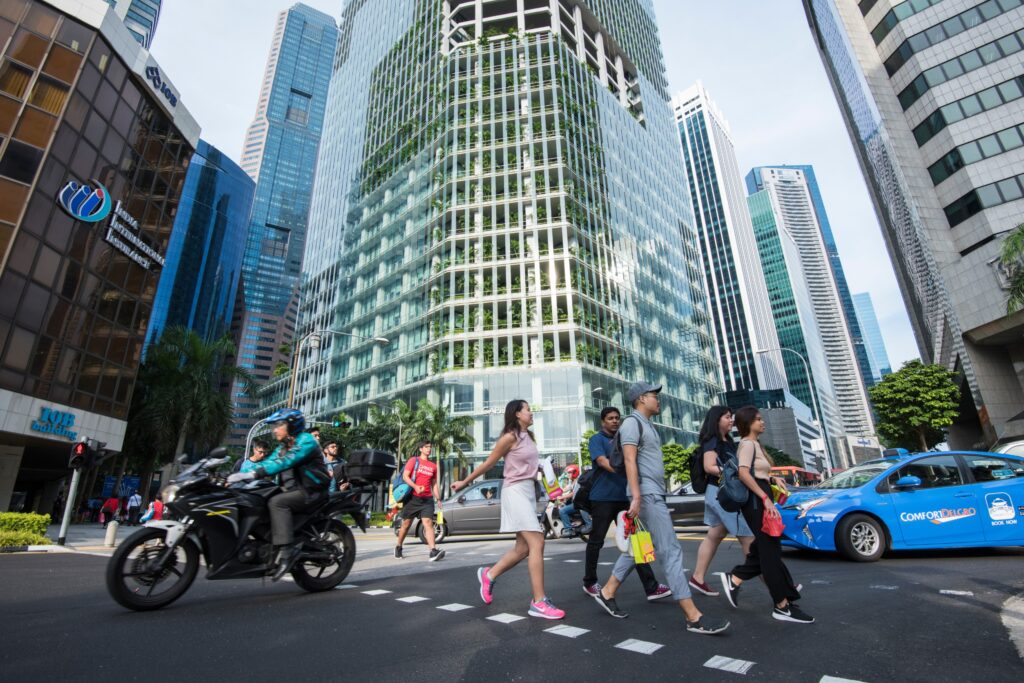
Employees in Singapore are motivated to learn new things for the sake of their careers, as many are motivated by factors such as the rise of gen AI.
Human Development: The focal point of building a talent pipeline

Organisations can tap into the varied aspects of human development to develop a consistent and robust talent pipeline.
Work in the office full-time? Never again, says Atlassian

Tech firm Atlassian has released a report accounting for its first 1,000 days of working with a distributed workforce with one conclusion: it’s here to stay.
More employees in Singapore plan to leave current jobs
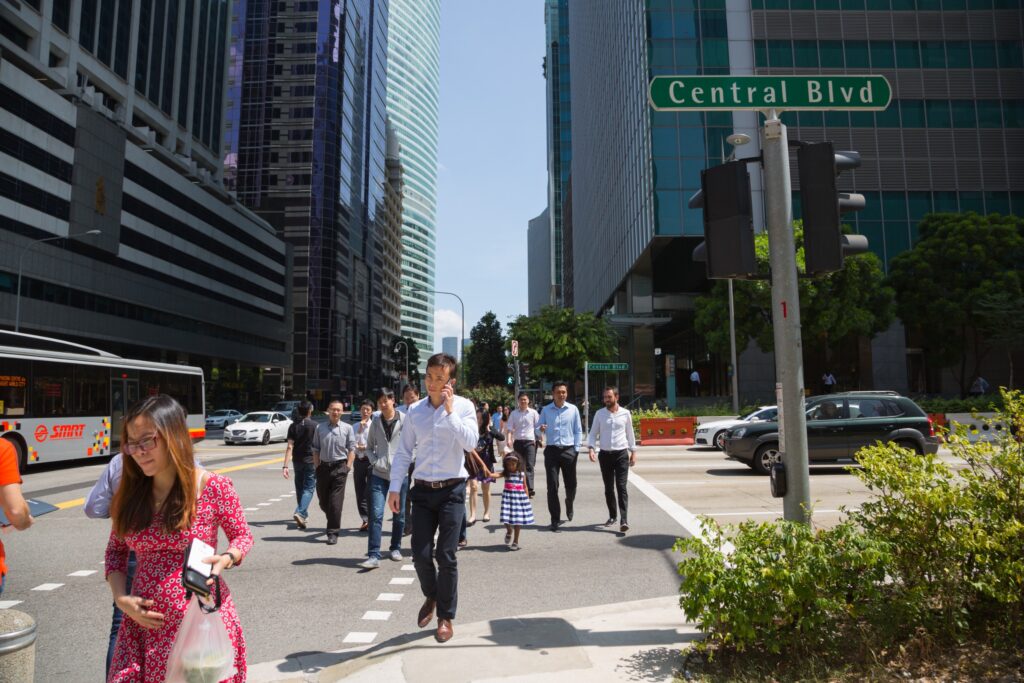
Seeking better work-life balance, salaries, and new career opportunities, more employees are open to leaving their current positions for new jobs.
